Mio MiVue C330 Review
Mio MiVue C330
A good value dash cam, offering GPS location tracking and safety camera notifications for under £100, but video quality is merely mediocre.
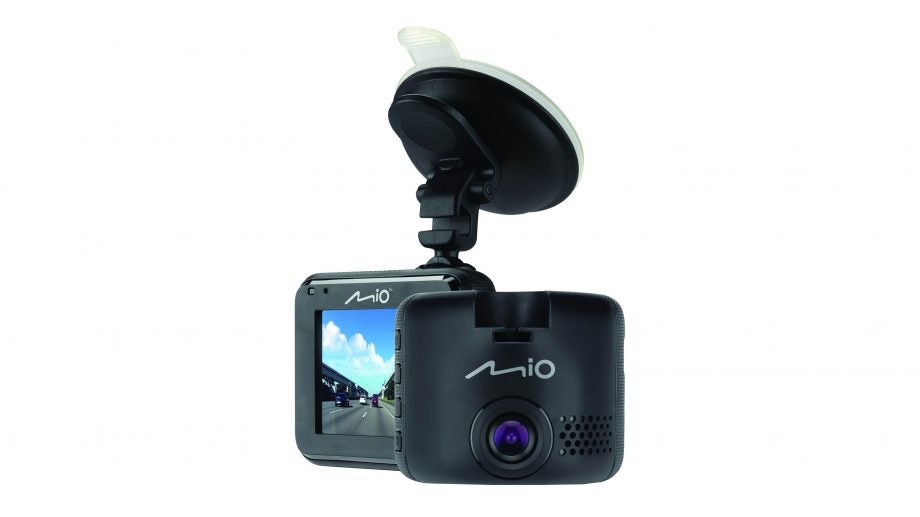
Verdict
Pros
- Decent price
- GPS-tagged recordings that you can view alongside a map
- Safety camera notifications with free database updates
Cons
- Mediocre image quality
- Your car power output can't be used by a sat-nav at the same time
- No memory card included
Key Specifications
- Review Price: £97.17
- 2-inch screen
- 1080p recording at 30 frames per second
- GPS location for position tagging
- Safety camera alerts
- G-sensor for impact and turn triggering of recording
What is the Mio MiVue C330?
The Mio MiVue C330 is a mid-range dash cam that has built-in GPS, which can be used to tag video clips with your location and give you safety camera warnings, too. Slightly below par video lets the side down, but at less than £100, this is a good quality, well-priced dash cam.
Mio MiVue C330 – Main Features, Mount and Recording Modes
The MiVue C330 doesn’t go big on resolution. It sticks with Full HD (1920 x 1080) and doesn’t use the Sony Exmor CMOS type that many dash cam manufacturers favour. Instead, a 1/2.7-inch JX-F02 sensor from Silicon Optronics Inc is employed. This is a reassuringly large chip, which bodes well for low-light sensitivity. However, in other respects the video specification is middle of the road.
Full HD is the only video resolution on offer. You can’t drop down to 720p or below to conserve storage space. The video is recorded at a slightly low 12Mbps and 30fps, using the MP4 file format, which is a fairly high compression rate. With these settings, an 8GB MicroSD will be enough for around 90 minutes of footage before looping occurs. You don’t get a memory card in the box, however.
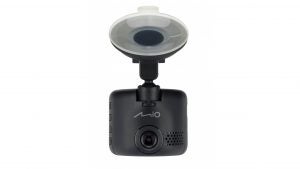
The mounting system is a conventional windscreen suction cup, which the C330 slides onto firmly. This won’t make it easy to take the unit out of your car when you park, although you can remove the whole mount. The C330 itself is relatively small and innocuous, though, so you can leave it in the car without it being too obvious.
The power cable is a conventional affair too, using a mini USB plug to connect to the C330 and a cigarette lighter adapter to attach to the car. This will mean you can’t use your car’s power connection for anything else when the C330 is in operation, such as a sat-nav. There are no clips for securing the cable around your windscreen either.
Mio MiVue C330 – Menu Operation
There’s a small 2-inch LCD screen on the back of the C330, and you navigate through the menu via four buttons on the right-hand side of the unit. The top button is primarily for toggling power, but once the bottom button has been used to reveal the menu, the top button changes its function. This sounds complicated, but four context-sensitive icons down the right-hand side of the screen give you a clear representation of what each button does.
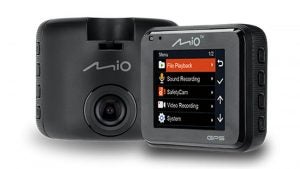
Apart from the safety camera functions, the most significant area in the menu is Video Recording. Here you can turn off Wide Dynamic Range, and there’s an exposure adjustment with seven levels from -1 to +1 EV. You can change the shutter frequency from 50 to 60Hz, although this doesn’t alter the recording frame rate; it’s just there to remove flicker from lighting.
The G-Sensor has six levels of sensitivity, and you can stamp the G levels onto the video or current GPS coordinates. You can also choose whether or not to stamp the speed on the video, alongside a custom text stamp, perhaps your number plate or name.
Mio MiVue C330 – Extra Safety Features
As mentioned at the beginning of this review, the C330 has built-in GPS, which allows it to capture your location alongside video footage. But Mio also harnesses the GPS to provide safety camera warnings. These pop up on the screen, telling you your current speed and the prevailing limit, with either a beep or verbal notification to go with it, depending on your preference.
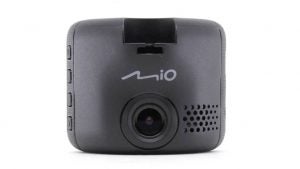
You can also change the distance from a safety camera for the alert to be triggered. Alternatively, you can decide not to be alerted unless you’re more than a certain amount over the limit, set a cruise speed and be informed when you diverge from this.
In order to keep the safety camera locations up to date, you will need to head to Mio’s website to download the latest database file to your memory card. But this is free, so if you don’t have a sat-nav with safety camera notifications, or one where you’d have to pay to keep the database fresh, this is a genuinely useful benefit.
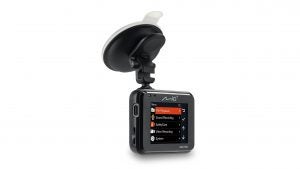
You can even add your own custom safety camera locations to the system, which is handy if you spot a mobile unit regularly lurking on a road you travel upon frequently. However, these will be erased again when you update the firmware. There’s a limit of 100 custom safety cameras that can be added. Once they are saved, you can view these additions and delete them again.
Mio MiVue C330 – Image Quality and Desktop Software
As suspected, the high compression the C330 uses takes its toll on video quality. The dash cam deals with contrast reasonably well, but there is an obvious compression softness. This is not as bad as with the Boscam R1, as you can more easily make out text, but there will still be an involved process of finding the right frame to freeze for complete legibility.
Colour fidelity is reasonable, and the overall quality is more mediocre than poor. The wide dynamic range facility pulls out detail in shadows and bright areas. Performance is just about acceptable for a dash cam in this price range.
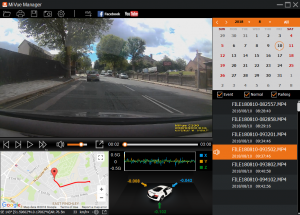
Mio also offers its own viewing software, MiVue Manager, which allows you to watch footage alongside a map, G-Sensor information and speed details for your journey. You can export the route for each clip as a KML file, and upload footage straight to Facebook and YouTube. This is handy if you want to shame someone’s appalling driving on social media (or your own).
Should I buy the Mio MiVue C330?
The Mio MiVue C330 is not perfect. It could do with lower compression and better video detail. But the footage is passable enough, and the built-in GPS with safety camera notifications makes the sub-£100 price a bargain. If you’re not after the best premium dash cam out there that’s packed with features, the Mio MiVue gives you some useful capabilities for the money.
Verdict
A good value dash cam, offering GPS location tracking and safety camera notifications for under £100, but video quality is merely mediocre.


